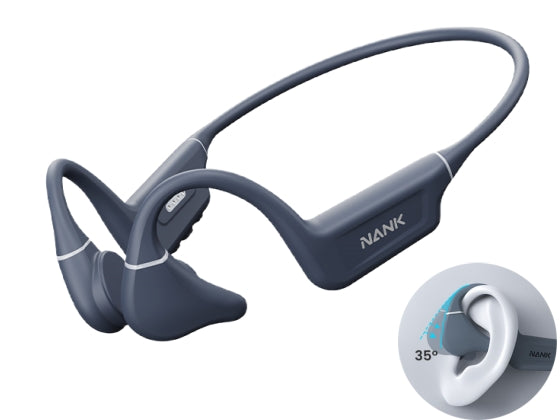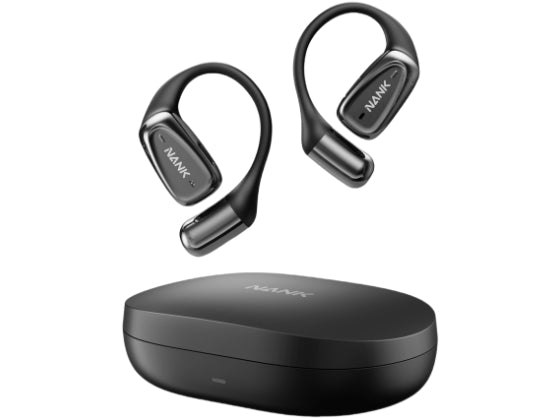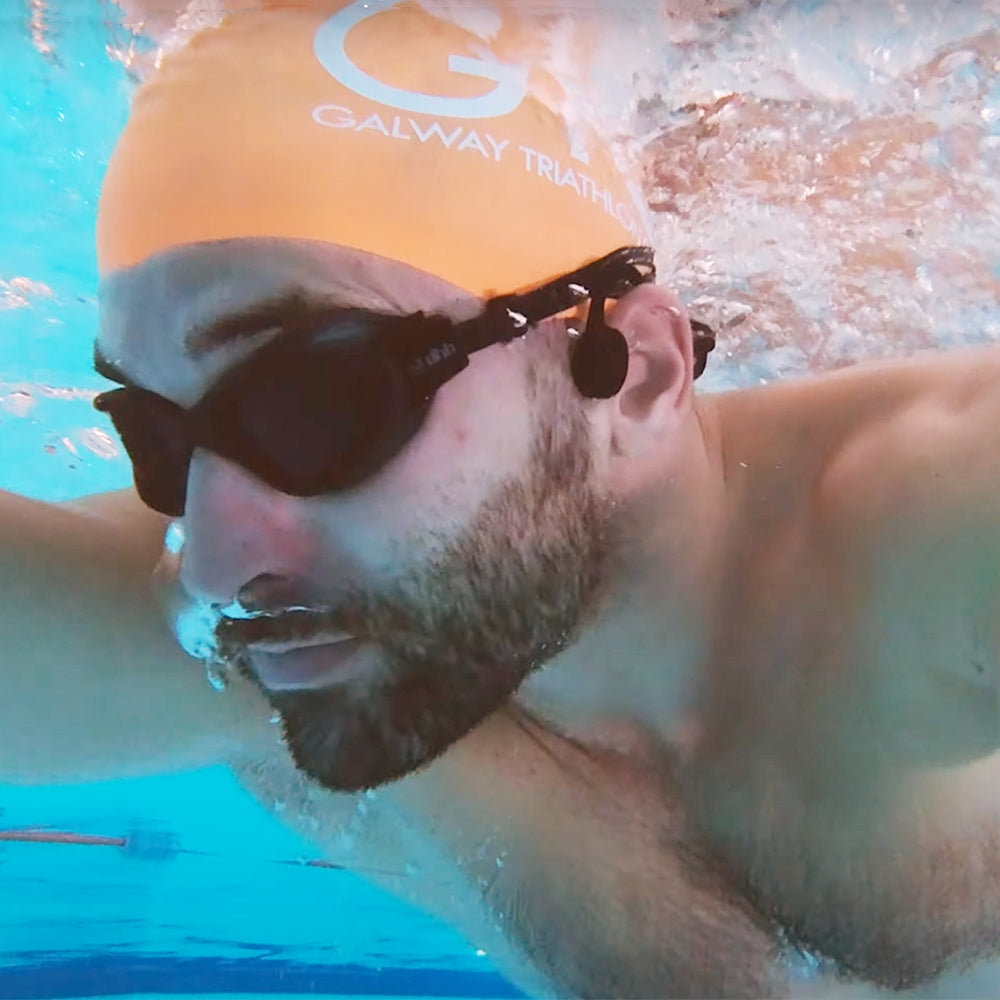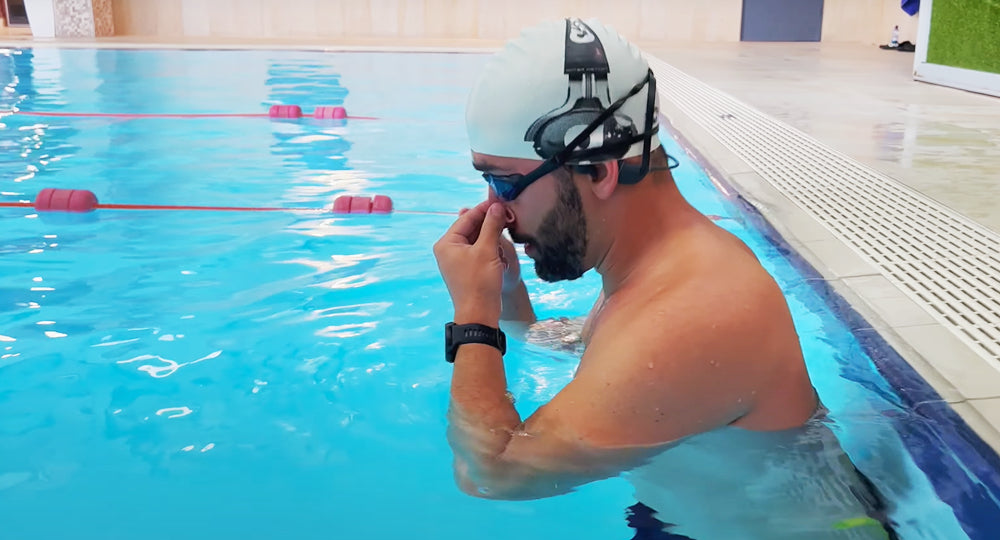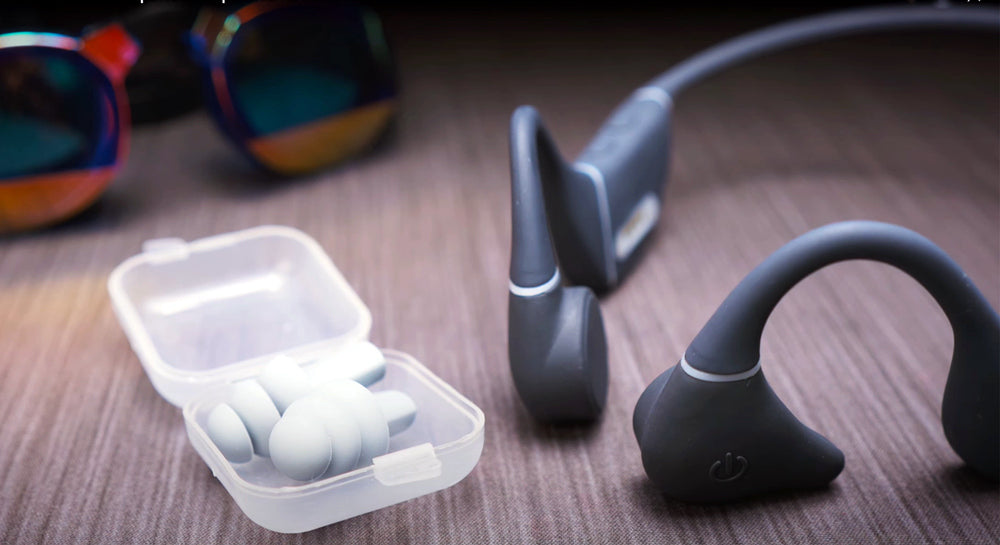Introduction:
Swimming isn't just a delightful activity; it's an excellent way to maintain physical and overall health. Whether you're an experienced swimmer or just starting out, incorporating an appropriate warm-up routine into your swimming training is crucial. In this article, we delve into the benefits of specifically tailored warm-up exercises for swimmers.
1. Understanding the Significance of Swimming Warm-ups:
1.1 Prepare for Optimal Performance:
A well-designed warm-up prepares the body to meet the demands of swimming. It gradually increases heart rate, raises body temperature, and improves blood flow to muscles, ensuring they are ready for the challenges ahead. This preparation significantly contributes to enhancing overall performance.
1.2 Injury Prevention:
One of the primary benefits of thorough warm-ups is the reduced risk of injuries. Cold muscles and joints are more prone to strains, sprains, and other injuries. By gradually increasing blood flow to these areas, warm-ups help improve flexibility and range of motion, thereby lowering the risk of injuries during swimming.

2. Components of an Effective Swimming Warm-up:
2.1 Cardiovascular Exercise:
Cardiovascular warm-ups are crucial for elevating heart rate and promoting effective blood circulation. Light jogging, jumping jacks, or high knees are excellent dynamic exercises to initiate this phase of the warm-up routine.
2.2 Dynamic Stretching:
Dynamic stretching involves controlled, smooth movements that gradually increase the range of motion. For swimmers, dynamic stretches focusing on the shoulders, hips, and ankles are crucial. Arm circles, leg swings, and trunk rotations effectively prepare the body for specific swimming movements.
2.3 Specific Swimming Drills:
Incorporating warm-up exercises that mimic swimming motions is vital for optimizing performance. Including drills such as arm strokes, sculling, or gentle leg kicks activates the muscle groups used during swimming.

3. Psychological Benefits of Swimming Warm-ups:
3.1 Mental Preparation:
The warm-up period is not just about physical readiness but also mental preparation. It provides swimmers with an opportunity to focus on their technique, breathing, and overall swimming goals. This mental rehearsal significantly contributes to a more concentrated and successful swimming session.
3.2 Stress Reduction:
Structured warm-up routines help alleviate performance-related stress and anxiety. As swimmers engage in warm-up activities, the body releases endorphins, promoting a positive mindset and reducing pre-swimming nervousness.

4. Auxiliary Equipment for Swimmer's Warm-up:
4.1 Kickboard:
Function: Kickboards assist in practicing leg kicks, enhancing a swimmer's buoyancy and leg strength.
Usage: Hold the kickboard's sides, allowing the upper body to float while performing leg kicks.
4.2 Fins:
Function: Fins help increase leg strength and propulsion, suitable for breaststroke and other leg-focused exercises.
Usage: Wear fins and engage in various leg movements, such as flutter kicks or sideways leg shuffles.
4.3 Resistance Bands:
Function: Resistance bands add resistance to water exercises, improving a swimmer's strength and endurance.
Usage: Attach resistance bands to different parts of the body for water-based stretches and strength exercises.
4.4 Waterproof Bone Conduction Headphones:
Function: These headphones provide music accompaniment during long swims, enhancing the overall experience.
Usage: Choose IPX8-rated bone conduction headphones with built-in memory, like Nank(Naenka) Runner Pro2 and Runner Diver2. Utilize Bluetooth mode for on-land training and switch to memory mode for in-water training, listening to downloaded audio files.


